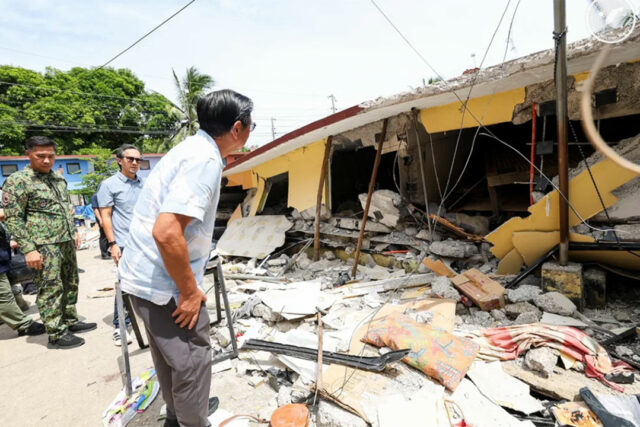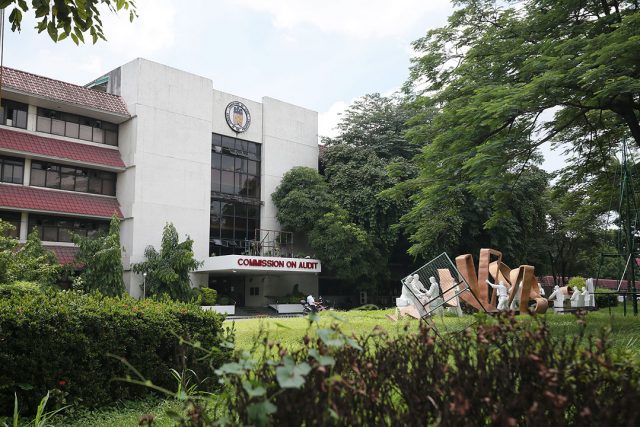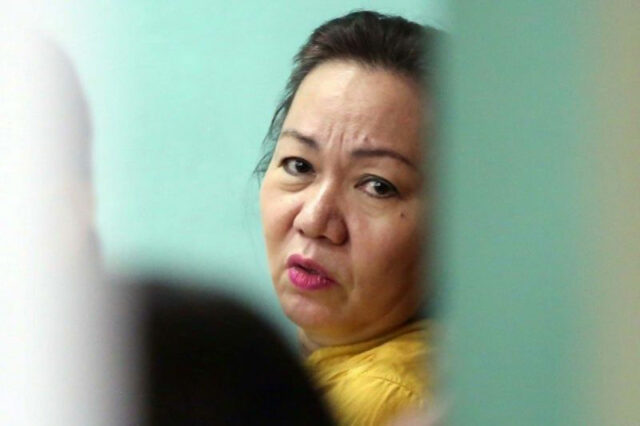Managing an incompetent boss
I’m the environment compliance manager of a small factory. During my first month, I was surprised to learn of the plant manager’s many leadership issues. I was expecting to learn from him, and yet, it appears that I should be the one teaching him. What can I do? — Cookie Crunch.
Teach him what you know without being arrogant about it. Be humble. Give your boss the benefit of the doubt, but at the same time, protect yourself. Many of us expect leadership to flow from the top down. But what happens when the person at the top is, let’s be honest about it, out of his depth?
Imagine reporting directly to a boss who appears lost, indecisive, or worse — completely unaware of what leadership is all about. It’s like you’re stuck answering to a captain who can’t tell port from starboard, yet the ship must still sail.
If this is your situation, then take a deep breath. You’re not powerless. Managing under an incompetent boss is tricky, but it’s also an opportunity to strengthen your own leadership muscle.
SURVIVAL TIPS
It’s not easy. But you’ll surely survive — and even thrive when your boss doesn’t know what he’s doing. And as long as you’re honest about your strengths and weaknesses, you can manage the situation with the following:
One, gently cover the gaps for your boss. Whatever happens, keep the factory running. If your boss isn’t providing direction, you must step in to prevent chaos. Just the same, ask e-mail permission so that you can have proof later on in case something bad happens.
Take quiet control of the tasks that matter the most — safety protocols, health checks, and more. Your unit shouldn’t suffer just because leadership above you is weak. By stepping into the void, you ensure stability and demonstrate your own value.
Two, save your boss without causing him to lose face. You’ll be in danger if your boss feels you’re exposing him. Instead of confronting his incompetence, help him make better decisions by packaging solutions in a way that lets him save face.
Offer at least three possible courses of action to an operational issue. “I studied the situation carefully. I recommend options A, B, C or D, in that order of priority. Which would you approve?”
Three, protect your team from fallout. Your workers look up to you for guidance. If you send mixed signals, filter the confusion before it hits the floor. Summarize clear, actionable instructions for your team so they can stay focused.
If your people see leadership as a circus act, morale will tumble. But if you act as a buffer — providing balance and shielding the boss from unnecessary drama — you become the leader that your boss and your workers will surely trust.
Four, document every major issue and solution. This can be tedious, but better than being blamed later on. Keep a record of important e-mails on major decisions. If your boss denies giving certain orders, or tries to shift blame, your notes will protect you.
In case of a verbal order, summarize all salient things that you have understood through an e-mail. This prevents miscommunication. It also helps you build a track record of the responsibilities you’ve quietly assumed.
Five, build allies other than your boss. Incompetent managers often isolate their teams, whether by accident or design. Don’t let your professional reputation be tied solely to his. Build relationships with people in other departments, senior leaders, and cross-functional teams.
When others in the organization recognize your competence and reliability, you create a safety net. If your boss falters or leaves, you’ll have a strong network that can tout you as a replacement.
Six, anticipate when to escalate. Not all incompetent managers are created equal. Some are merely indecisive or disorganized, while others create real risk without anticipating the danger. If you notice problems that threaten operations or people’s well-being, you must escalate through formal channels.
But do so factually, not emotionally. Instead of directly blaming your boss, frame the situation as follows: “Here’s our three-month data to prove a major issue affecting our health and environmental safety.”
Seven, prepare for the long haul. Ask yourself: “Is this situation temporary or permanent? If your factory manager’s weaknesses are tolerated indefinitely by the CEO, you must decide on a strategy.
Stay and survive. Continue covering gaps and growing your influence. Sometimes, being the reliable number two makes you the natural successor when higher management finally takes notice. If that’s not the case, then plan for your exit.
THE SILVER LINING
Dealing with an incompetent boss isn’t fun. But it can be a blessing. It forces you to sharpen skills many managers refuse to practice: managing upward, navigating politics, protecting your team, and leading without authority.
Think of your situation as a leadership boot camp. When the time comes for you to take the top role, you’ll be more resilient and pragmatic than other managers who had it easy. You’ll understand firsthand the damage a weak manager can cause — and you’ll be determined never to repeat the same mistakes.
You can’t choose your boss, but you can choose your response.
Ask questions and receive free management advice. DM your story to Rey Elbo on Facebook, LinkedIn, X or e-mail elbonomics@gmail.com. Anonymity is guaranteed.















